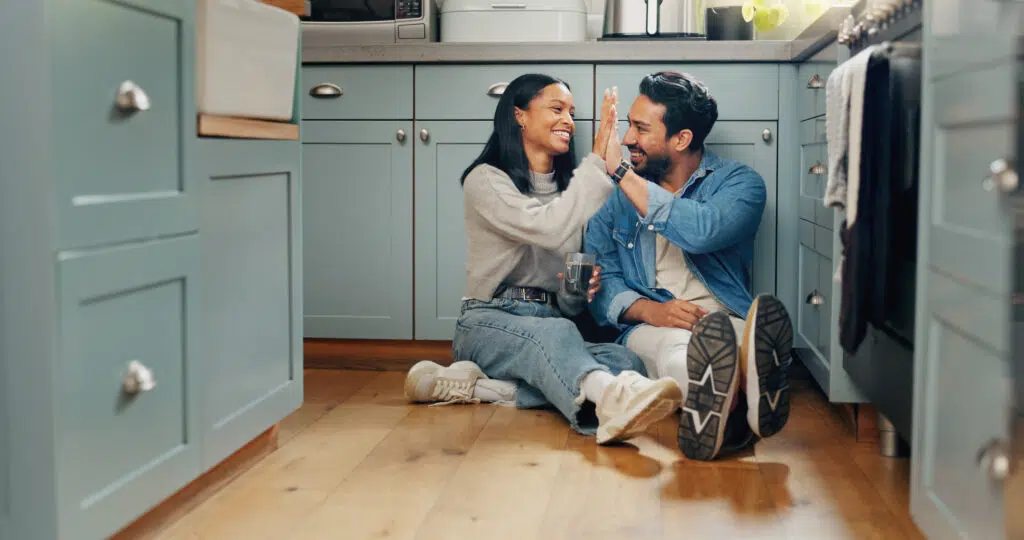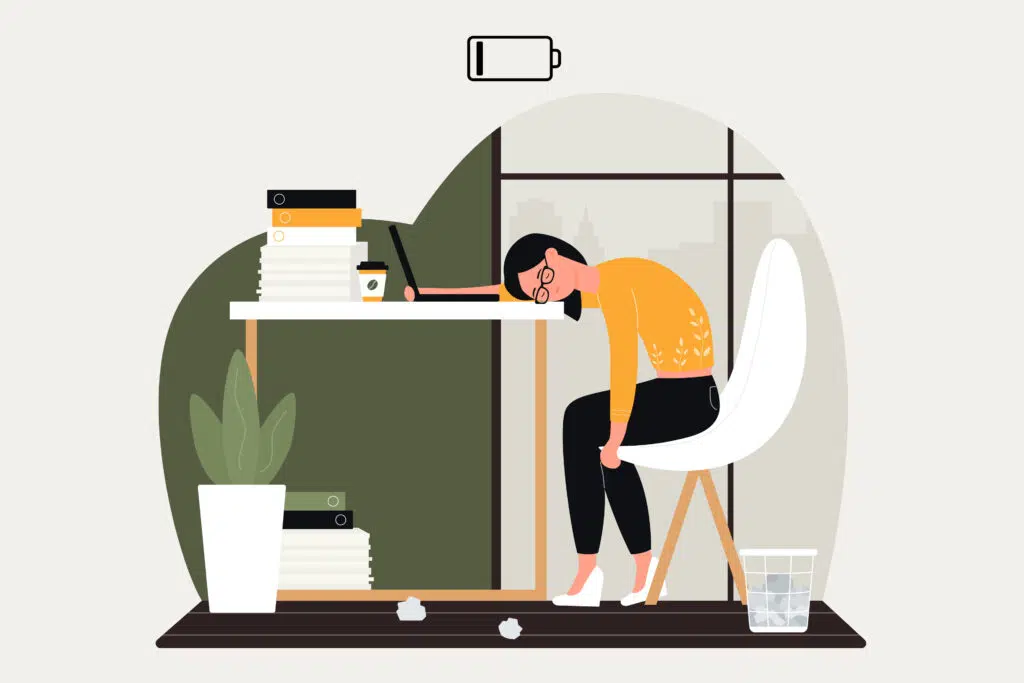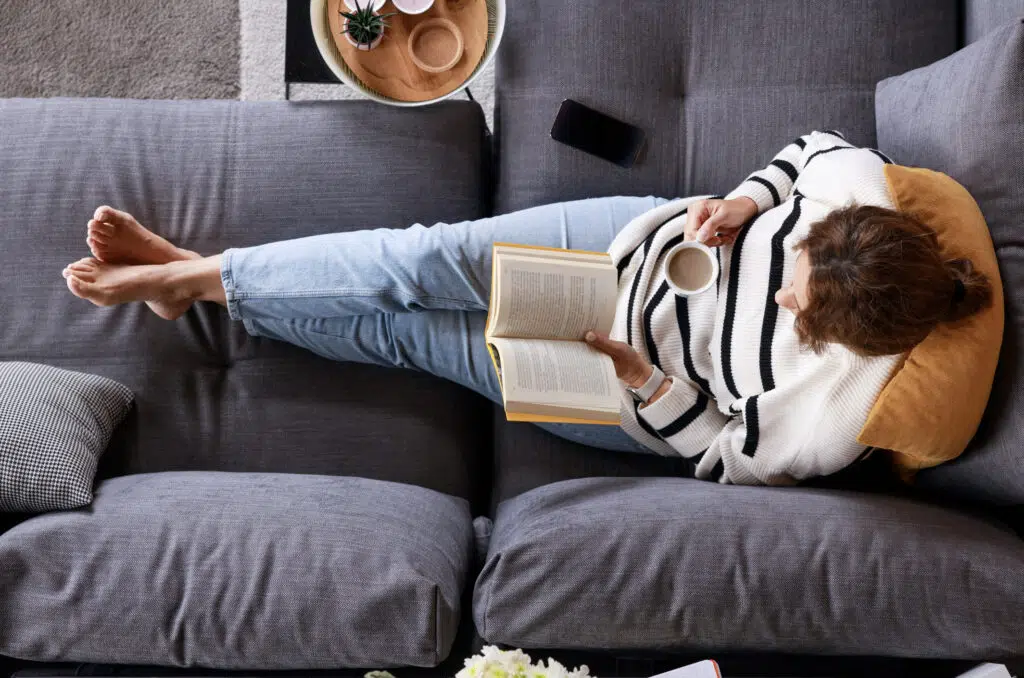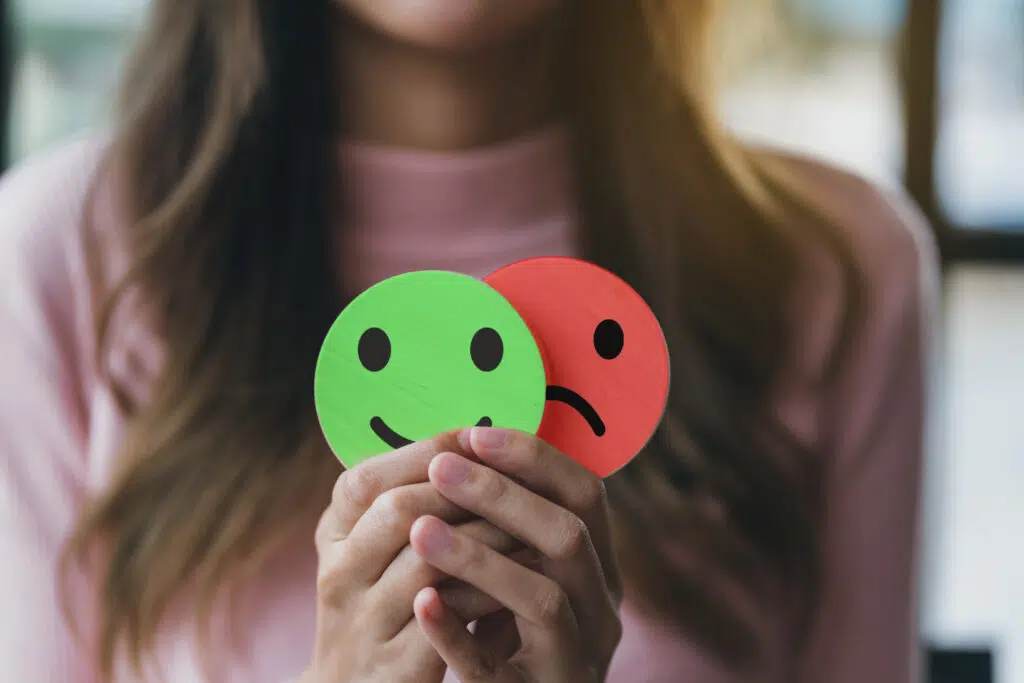What are the Different Attachment Types in a Relationship?

Do you find that jealousy and clinginess are common in your relationships? Maybe you go into shutdown mode mid-argument and find it difficult to say what you feel. Attachment styles begin to develop in early childhood, but may leave a lasting impact on future relationships.
Understanding more about what attachment style you have can help you identify patterns in your relationships and increase self-awareness. In this guide, we’re going to dive deep into the different attachment types and how they influence relationships so you can build stronger, healthier relationships.
What is Attachment Style Theory?
Attachment style theory is the psychological theory that explains how we form bonds, especially in early childhood. The theory looks at how early attachment and different attachment styles can influence our relationships and behaviors later in life. Attachment security is based on the quality of the early bond with a primary caregiver, typically parents.
To understand where attachment style theory comes from, we need to go back to London in the 1950s and 1960s. British developmental psychologist John Bowlby theorized that infants develop an attachment with a caregiver as an evolutionary response to increase their chances of survival. For example, a baby cries at night and the mom comes to give the baby a cuddle and soothe it back to sleep. This reaction reinforces the bond between mother and baby, increasing the baby’s sense of security and survival.
Bowlby’s pioneering attachment theory focuses on the importance of the bond between a child and their primary caregiver, and how that shapes emotional and social development later in life. In the 1970s, Canadian psychologist Mary Ainsworth built on Bowlby’s theory. She identified the attachment styles we talk about today.
Ainsworth is known for her “Strange Situation” study. She observed infants who would be briefly left and reunited with their mothers. From this study, she identified the attachment styles: secure, insecure-avoidant, and insecure-ambivalent. Later, researchers added the fourth attachment style, insecure-disorganized attachment.
The Four Attachment Styles
Before we dive deeper into the attachment styles, know that it’s possible to learn to become a more secure adult. Early childhood experiences do play a big role in shaping attachment styles, but they are not your destiny. By understanding your attachment style, you can gain self-awareness and work to build stronger and healthier bonds.
Secure Attachment
A secure attachment style is considered the healthiest form of attachment. This is an attachment style where an infant feels comforted by their primary caregiver. From a young age, you feel loved and cared for by those closest to you. You feel secure and have a safe base to be curious and explore the world.
As an adult, a securely attached person can have the following traits:
- They are comfortable expressing feelings and can regulate their emotions without shutting down or feeling overwhelmed.
- They generally trust others and can be vulnerable.
- They are honest and open and try to resolve conflict in a healthy way.
- They tend to have healthy and stable relationships.
Insecure-Avoidant Attachment
Now, let’s talk about insecure attachment styles. First, we have an insecure-avoidant attachment style, also referred to as anxious-avoidant or dismissive-avoidant. As a child, this attachment is characterized by individuals who don’t seek comfort from their caregiver. They avoid their caregiver and don’t go to them, even in times of discomfort and stress. This sort of attachment occurs when an infant can’t rely on their caregiver to soothe or comfort them.
In adulthood, an insecure-avoidant person can be hyper-independent. They feel like they can’t rely on others.
Insecure-Resistant Attachment
When a child has an insecure-resistant (also known as insecure-ambivalent) attachment, they can’t be easily comforted by their caregiver. Still, the child is often very clingy towards their caregiver while rejecting them during interactions.
Mary Ainsworth first described this as an insecure-resistant attachment style. Now, we typically call this an anxious attachment style, anxious ambivalent, or anxious preoccupied. At its core, the attachment style describes a pattern of behavior:
- Very strong fear of abandonment.
- Need for constant reassurance.
- Combination of clinginess and resistance to closeness.
Insecure-Disorganized Attachment
A person with an insecure-disorganized attachment style would have experienced extremely up-and-down behavior from their caregiver. In times of stress, the child wouldn’t know what reaction they would get from their caregiver, which is incredibly confusing for a child. A disorganized attachment style is thought to stem from trauma in early life.
As adults, people with disorganized attachment struggle to feel secure with others. So, even though they may want intimacy, they can also reject it. Signs of disorganized attachment in adults include:
- Chaotic or unpredictable relationship patterns.
- Fear of emotional intimacy.
- Self-esteem issues.
- Difficulty regulating emotions.
- Avoiding emotional experiences.
- Engaging in activities that can be dangerous.
- Using a substance to cope.
How to Know Your Attachment Style
As you get older, your attachment style tends to impact your adult relationships. Understanding more about your attachment style can help you identify and improve your own relationship patterns. To figure out your attachment style, think about the following areas:
- Relationships: Are you comfortable with intimacy? Do you often worry that your partner will reject you? How do you handle conflict?
- Childhood Experiences: Reflect on your relationship with your parents and how you coped with emotional distress as a kid.
- Behavior Patterns: Do you have recurring issues in your relationships, such as trust, jealousy, or fear of abandonment?
Based on how you feel about these areas, you may fall into one of these attachment styles:
- Secure – You feel comfortable with intimacy and expressing your emotions. Jealousy isn’t usually an issue for you, and you tend to trust others.
- Insecure-Avoidant – You may struggle with closeness and tend to distance yourself from others.
- Insecure-Resistant – You want closeness but fear rejection and may show clingy or controlling behavior.
- Insecure-Disorganized -You may show inconsistent or erratic behaviors.
How Attachment Styles Affect Our Relationships
When something isn’t going quite right in your relationship, no doubt you’re Googling to find a solution. You may have read something about attachment styles already. Your attachment style won’t explain everything about your relationship. But it may help you to reflect and grow.
Attachment theory breaks down the different attachment styles, each with its own set of behaviors and qualities. At its core, the theory focuses on how the attachment style you develop over time can impact your romantic relationships as an adult.
- Someone with a secure attachment is likely to feel comfortable with openness with their partner. They can have a disagreement and resolve it in a healthy way. There’s a good balance of independence and dependence with a romantic partner.
- A person with an avoidant attachment style might fear dependence and have a tough time with intimacy. This can end up with a person running away and appearing emotionally unavailable.
- A person with an anxious or resistant attachment style wants intimacy but fears rejection. So, this can show up as clingy and controlling behavior.
- Someone with a disorganized attachment style may have mood swings and erratic behavior. They may also need a lot of reassurance and attention.
When you look at attachment styles, a secure attachment is likely the one you think of when it comes to a healthy relationship. Know that just because someone has a secure attachment style, it doesn’t mean they have a perfect relationship without any problems. Relationships have ups and downs, and that’s normal. Securely attached people are usually more comfortable expressing their emotions, which can help them navigate relationship challenges in a healthier way. But every relationship still requires effort, communication, and respect from both parties, no matter what attachment style you have.
When to Worry About Your Attachment Style
From the talking stages to ghosting, modern dating is hard. You might be at the end of a string of bad relationships. Or, the idea of opening up to a partner may fill you with terror. Whatever you’re experiencing, insecure attachment styles in close relationships can make it hard to navigate challenges long-term.
People with insecure attachment styles, especially anxious attachment, can feel unworthy of love in the first place. An intense fear of rejection can end up resulting in behaviors like jealousy, clinginess, and hypervigilance. The individual will do what they think it takes to keep hold of the relationship, so they don’t end up alone.
Every relationship has ups and downs; that’s entirely normal. If you do notice the following, then you may benefit from speaking with a therapist about your attachment style and relationship problems:
- You always fear rejection.
- You always feel like your partner is about to leave you.
- You experience extreme emotional reactions.
- You have a negative self-image.
- You turn to unhealthy coping mechanisms, like substance use.
- You find it hard to form and maintain relationships.
Contact Thriving Center of Psychology
It’s okay to have no idea what type of attachment style you have. But if you do find yourself repeating certain behaviors in relationships, or you’re struggling to communicate with your partner, speaking to a therapist can help.
Attachment styles can be deep-rooted, and it can be hard to understand your own attachment insecurity. Managing behaviors and traits that come with an insecure attachment style can be tough. At Thriving Center of Psych, our expert therapists can help you. Together, they can work with you to identify patterns in your relationships, understand their causes, and develop healthier coping stratgies. Contact Thriving Center of Psych today to schedule a consultation.

How to Manage Stressful Life Transitions and Events
From getting into college or having a baby to splitting from a spouse or experiencing the death of a loved one, life can surprise you with big wins and tear you down with loss. Life is filled with transitions, some happy, others stressful and difficult.

How Long Does it Take to Recover From Burnout?
If you’ve reached burnout, it describes a state of complete emotional, physical, and mental exhaustion. Between heavy workloads, toxic work environments, economic uncertainty, and a poor work-life balance, burnout is a very real problem that can affect all aspects of your health.

What is Mindfulness Therapy?
Mindfulness therapy involves using mindfulness techniques to increase awareness and learn to manage emotions more effectively. These techniques include paying attention to the present moment without judgment.

What is Dialectical Behavioral Therapy (DBT)?
Dialectical behavioral therapy (DBT) is a type of talk therapy developed to help people struggling with intense and overwhelming emotions and relationship difficulties.

